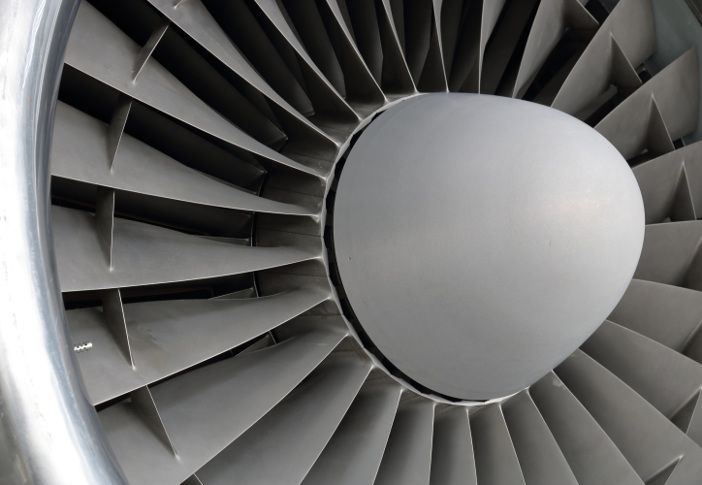Aero engine maker Pratt & Whitney has won a US$437m contract to develop its adaptive propulsion technology for use on the US Air Force’s next generation of fighter jets.
The Adaptive Engine Transition Program (AETP) will refine technologies necessary to meet the future mission requirements of fighter jets. It builds on design work and test activities completed as part of the Adaptive Engine Technology Development (AETD).
The AETD launched in July 2016 when contracts worth US$1.8bn were awarded to Pratt & Whitney and GE to develop engines that provide a 25% reduction in fuel consumption and a 10% improvement in thrust levels compared to today’s fifth-generation combat aircraft engines.
Chris Flynn, vice president of military development programs at Pratt & Whitney, said, “We look forward to continuing the maturation of adaptive engine technologies in collaboration with the US Air Force for the next generation of combat aircraft.”
“In addition to providing a seamless transition between high thrust and fuel efficiency, adaptive propulsion can enable an unprecedented range of capability growth in mission systems and heat dissipation capacity at the air vehicle level. We are committed to giving the warfighter a technological advantage.”
Along with a demand-modulated engine architecture, Pratt & Whitney is also developing the control systems and the power and thermal management systems. The company said that the R&D work will help enhance the range, persistence, survivability, and maintainability capabilities of future fighter jets.
In September 2017, Pratt & Whitney successfully completed the testing of an adaptive three-stream fan in an engine with an F135 core as part of the AETD program.
Modern military turbofan engines have two airstreams – one that passes through the core of the engine, and another that bypasses the core. The development of a third stream provides an extra source of air flow to improve propulsive efficiency and lower fuel burn, or to deliver additional air flow through the core for higher thrust and cooling air.
The use of a third stream of air that can be modulated to adapt the engine’s performance across the flight envelope means a fighter jet can access an on-demand increase in thrust or smoothly shift to highly efficient operations during cruise. This capability provides an optimal balance for combat scenarios requiring both high-end acceleration and increased range.
This video shows more about Pratt & Whitney’s adaptive engines.





